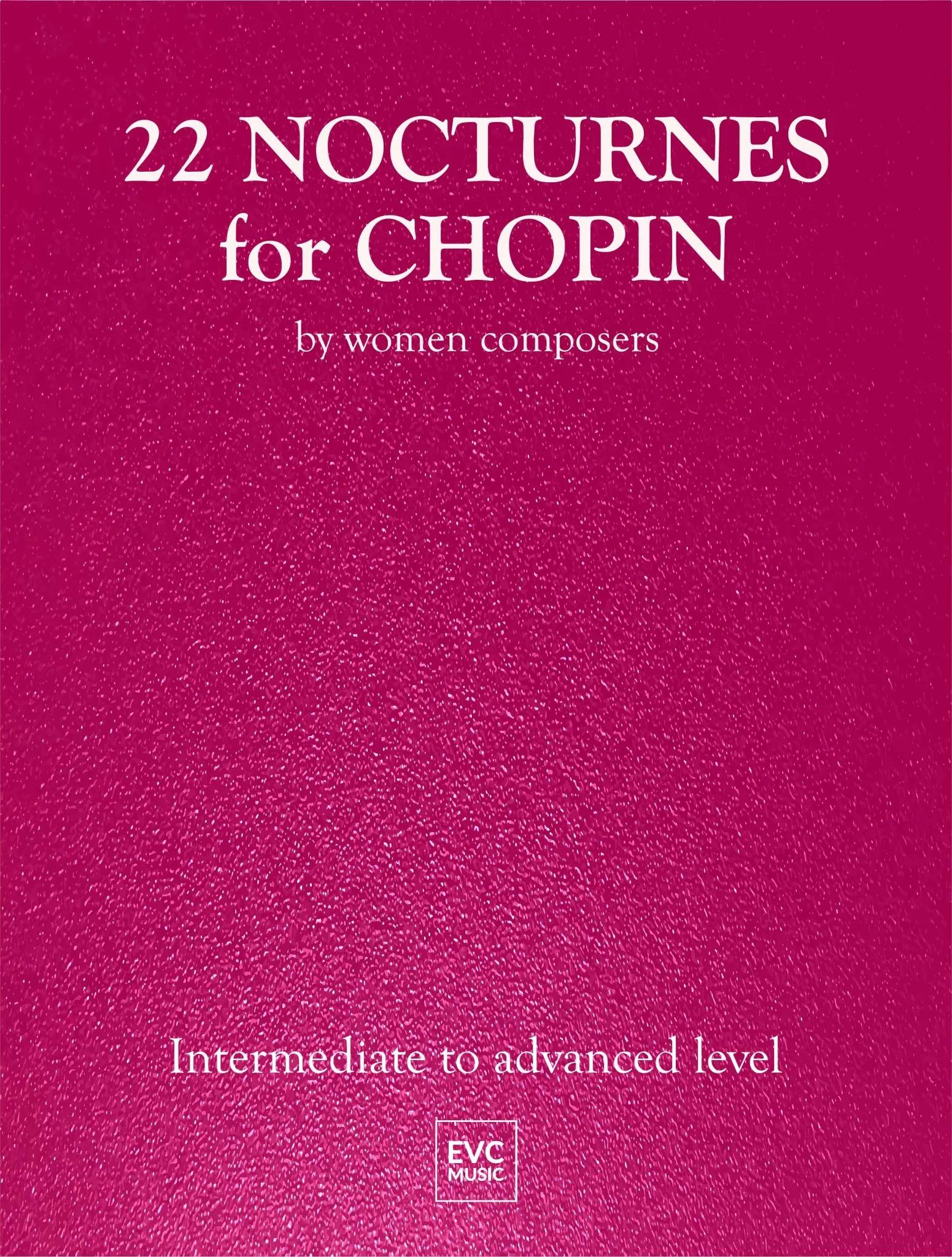Publications

The handbook has been prepared for children beginning their education at the age of 5 or 6 years. The contents are divided into four parts. The first contains duets for student and teacher prepared using a no-score approach as well as simple compositions with scores, many of them songs, whose simple texts will serve to acquaint the student with new topics and facilitate their memorisation. The second part is devoted to teaching legato performance and practising independent hand coordination; dyads and three-note chord are introduced. Part three is a collection of recapitulative compositions in which techniques introduced previously reappear in a more advanced form. The last part is a selection of didactic miniatures by composers from various epochs. The majority of the compositions in the publication were composed by the handbook's author, who diversified them in terms of expression (waltzes, marches, polkas, and lullabies) and gave them an illustrative character so that they will easily inspire a child's imagination. Delicate dissonant harmonies resound in many of the compositions. The handbook applies a method consisting of the child playing a duet with the teacher; there are also sight-reading exercises and improvisations. Moreover, the publication contains a list of basic scales and a musical mini-dictionary.

The collection Little Stories consists of 16 short, expressively varied piano pieces. The interpretation is suggested by the title, referring to the imagination, the world of fairy tales, everyday children's matters and observation of nature. The majority of the miniatures can be easily performed after few months of study; the level of difficulty corresponds to the last stage of learning with the hadbook by Agnieszka Lasko – First Class Piano. In some of them (Drowsy Cloud, Sunrise, Cuckoo Song, The Princess and the Knight, Winter Moon) an element of improvisation is used, creatively engaging the young pianist; thanks to the composer's ingenuity any attempt at free music making shall be successful. The advantage of the pieces is their melody factor (memorable, naturally wandering themes). The miniatures are also characterized by simplicity of texture and harmony (slightly colored with dissonant chords), a playful tone (e.g. playing with shifting accents in Little Monster Stomp) or dance-like-character (the waltz Ballerina, Tarantela). The composer also took care of the fingering and the use of pedals, which facilitates the playing. Sophisticated illustrations, painted by Małgorzata Flis, help to develop the pupil's sensivity.

The anthology includes piano works by twenty-two women composers inspired by Chopin’s Nocturnes, Intermediate to advanced levels.
'Each composer in this collection speaks in her own authentic voice. Her music stirs emotions and reveals her cultural influences. Almost every Chopin piano work has a dedication to a woman, and this anthology of piano pieces written by women composers will complete the circle.'
Elena Cobb, Founder of the EVC Music